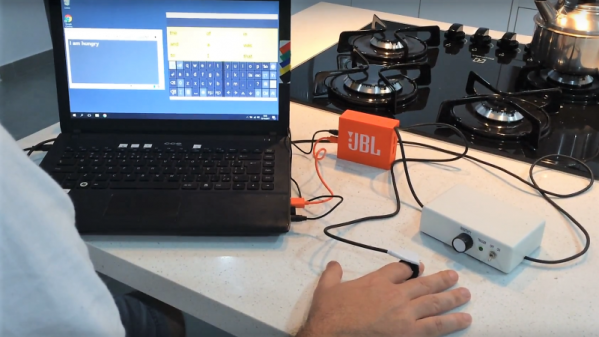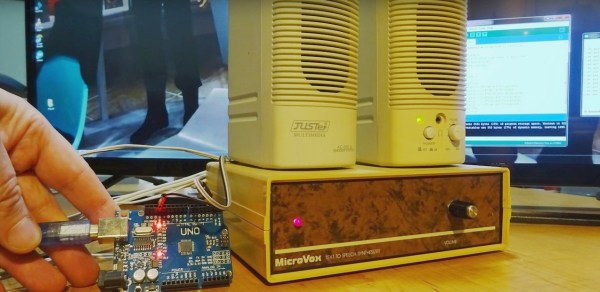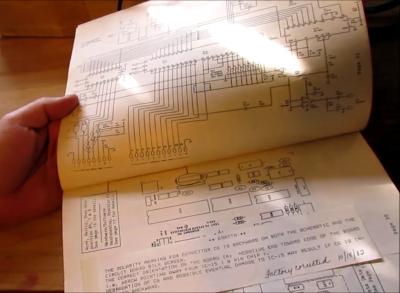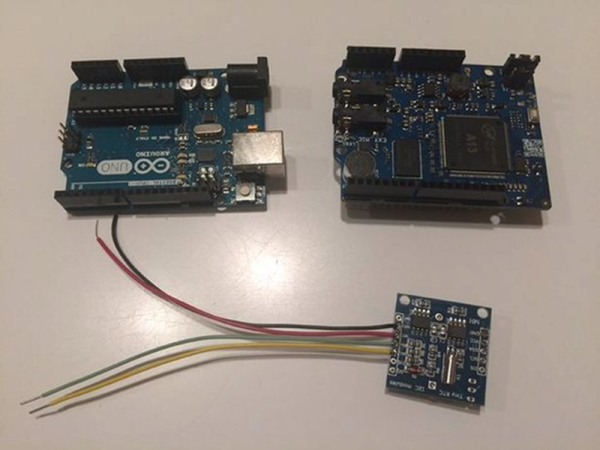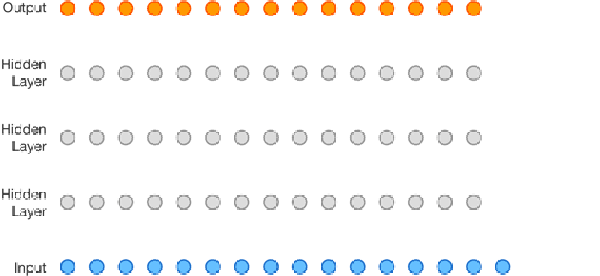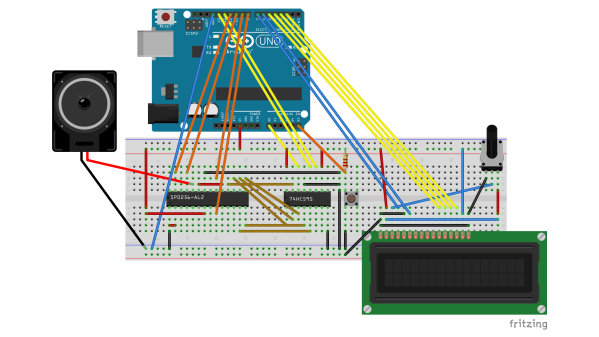We can almost count on our eyesight to fail with age, maybe even past the point of correction. It’s a pretty big flaw if you ask us. So, how can a person with aging eyes hope to continue reading the printed word?
There are plenty of commercial document readers available that convert text to speech, but they’re expensive. Most require a smart phone and/or an internet connection. That might not be as big of an issue for future generations of failing eyes, but we’re not there yet. In the meantime, we have small, cheap computers and plenty of open source software to turn them into document readers.
[rgrokett] built a RaspPi text reader to help an aging parent maintain their independence. In the process, he made a good soup-to-nuts guide to building one. It couldn’t be easier to use—just place the document under the camera and push the button. A Python script makes the Pi take a picture of the text. Then it uses Tesseract OCR to convert the image to plain text, and runs the text through a speech synthesis engine which reads it aloud. The reader is on as long as it’s plugged in, so it’s ready to work at the push of a button. We can probably all appreciate such a low-hassle design. Be sure to check out the demo after the break.
If you wanted to use this to read books, you’d still have to turn the pages yourself. Here’s a BrickPi reader that solves that one.


